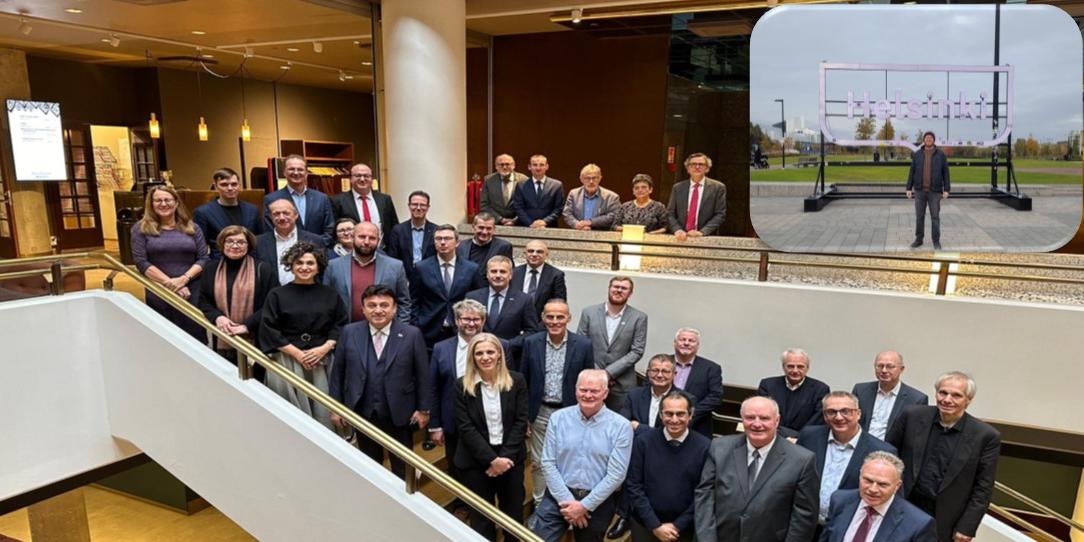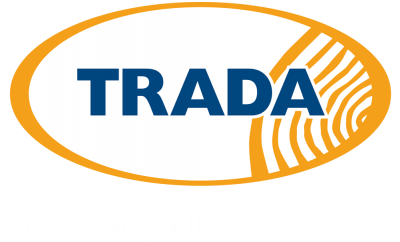Update from CEBC meeting in Helsinki
Update from Russell Watson, LABSS Business Support and Communications Director, who represented LABSS at the Consortium of European Building Control (CEBC) meeting in Helsinki on the 23rd – 24th October 2023.
The focus of day 1 of the meeting was on some of the upcoming changes to Finnish building control legislation at both regional and national level. Delegates were joined by Anni Sinnemaki Deputy Mayor for Urban Environment, Helsinki who informed us about some of the regional legislation in Helsinki, requiring buildings to produce around 25% less carbon than the national norm. She also shared information about some schemes in Helsinki where local government provided free advice on how existing buildings could be upgraded to decrease carbon emissions and about the promotion of the circular economy around waste from construction and demolition activities.
We were then joined by Kirsi Martinkauppi, a senior civil servant working for the Ministry of Environment who informed us about changes to legislation in Finland which come into effect on 1st January 2025. The new legislation looks to consolidate existing legislation and modernise certain aspects. It was particularly interesting to hear about some of the changes which will assess the total life carbon emissions from the manufacturing of materials, construction of a building and eventual demolition, at the application stage – their data suggests that embodied carbon accounts for around 2/3rd of all carbon generated in a building’s lifetime. Another key change was to introduce legislation requiring that applications must be made in data model or machine-readable formats. Another interesting point was that certain requirements in conversion works (i.e. conversions in basements and attic spaces) were to be relaxed to make best use of the existing embodied carbon in the construction. There was also an emphasis on competency of the applicants or their agents as well as construction supervisors, with such parties having to register to carry out works to complex buildings.
Matti Kuitinen, professor of sustainable construction at Aalto University, joined us to share his thoughts regarding the role the construction industry has in tackling the climate emergency. Matti noted that being carbon neutral is not enough to combat the climate emergency and shared with us different methods of carbon storage in development, including co2 cured concrete, the use of carbon based materials, use of plants and appropriate soils around buildings and artificial photosynthesis.
Riso Levanto of the Finnish Society of Building Inspectors joined us to give a verifiers perspective of the new legislation, noting that whilst he was supportive of new standards, he had concerns about interpretations between Finland’s 300+ municipalities, the readiness of IT systems and the amount of work required to facilitate the change.
Pekka Virkamaki, Legal Advisor for the Ministry of Environment then joined us to share his thoughts on the digital journey that IFC in Finland have been through to get to the point where the requirement to use BIM will become statutory in 2025. It was interesting to hear that as recently as 2015, the system in Finland was fully paper-based. It appears that a significant investment was made in Finland both in regards to systems and training to reach the point where they are now. Pekka introduced Anna-Riitta Kallinen, a project manager for the RAVA3PRO project, which aims to deliver the digital systems required to deal with the changes to legislation scheduled for 2025. Anna-Riita gave a demonstration of their BIM system and explained how artificial intelligence will be used to supplement assessments of permit applications. The prospect of AI sounds particularly interesting, especially where it can be used to enhance the checks applied to measurement-based guidance and legislation. It was noted however that AI is not seen as a tool to replace front-line staff, but one to enhance the quality of assessment.
In the afternoon session, we were addressed by Dilay Gursoy, the CEBC representative from Turkey, who updated the meeting on the aftermath of the tragic earthquake that hit Turkey earlier this year. A short silence was held for members to pay tribute to those who lost their lives in the disaster, currently estimated to be around 48,000 people. The building regulation system in Turkey was only established fully in 2011, but it was reported that >99% of all buildings which had been subject to the regulatory system were still in tact after the earthquake.
Gary Strong of RICS then joined the meeting to update members on the issues experienced within the UK relating to RAAC. Whilst RAAC has been used widely across Europe, it appears that the issues surrounding RAAC are not widely publicised out with the UK. Gary shared with members some of the common faults which can lead to failure of RAAC, but ultimately noted that RAAC as a material is perfectly safe if installed, maintained and used as designed.
Peter Keates of LABC and Diane Marshall of NHBC then provided an update to members about some of the changes coming into force in England as a result of the new Building Safety Act. Under this legislation all professionals working as “building control approvers” or “building inspectors” need to complete a registration process and become registered by April 2024. This registration process appears to be causing a large number of professionals to reconsider their career in the industry and looks as though it may have a significant impact on the staffing levels across LABC member authorities.
Frederick Springbourg of the Danish Authority of Social Service and Housing provided an update on some changes to regulation in Denmark. Denmark are the first country in the world to introduce limit values on the life time carbon emissions of a building. This has come as a result of the Nordic collaboration on low carbon construction established in 2019. At the moment, the regulations only apply to buildings over 1000m2 in size but will be rolled out across all building types in coming years.
Steven Scott of the Building Standards Division of Scottish Government provided an update to CEBC members on the changes coming into force in April 2024 to effectively ban direct emissions heating systems in Scotland. Steven also noted that new technical handbooks are due for publication in the next month, outlining how this will be achieved.
Andriana Pastalosavvi, the CEBC representative from Cyprus, shared an update on new legislation coming into force in Cyprus in July 2024 to give the authorities power to take action against dangerous and defective buildings. This legislation will prohibit the sale of properties subject to any notice and allow the authorities to directly access the bank accounts of the owners of such buildings to recover any expenditure incurred to ensure the safety of the public. The legislation also brings into force the need for owners to have their building inspected by a professional at regular intervals, dependent on the type of building they own, for example, a typical domestic property may require an engineer’s inspection every 10 years.
A business section of the meeting was then held to elect members of the CEBC board for the coming year. Steven Scott of the Building Standards Division of Scottish Government was elected as a policy committee member for the coming year.
The meeting was then closed with the next CEBC meeting scheduled to be held in Scotland in May 2024.




Comments
Add new comment